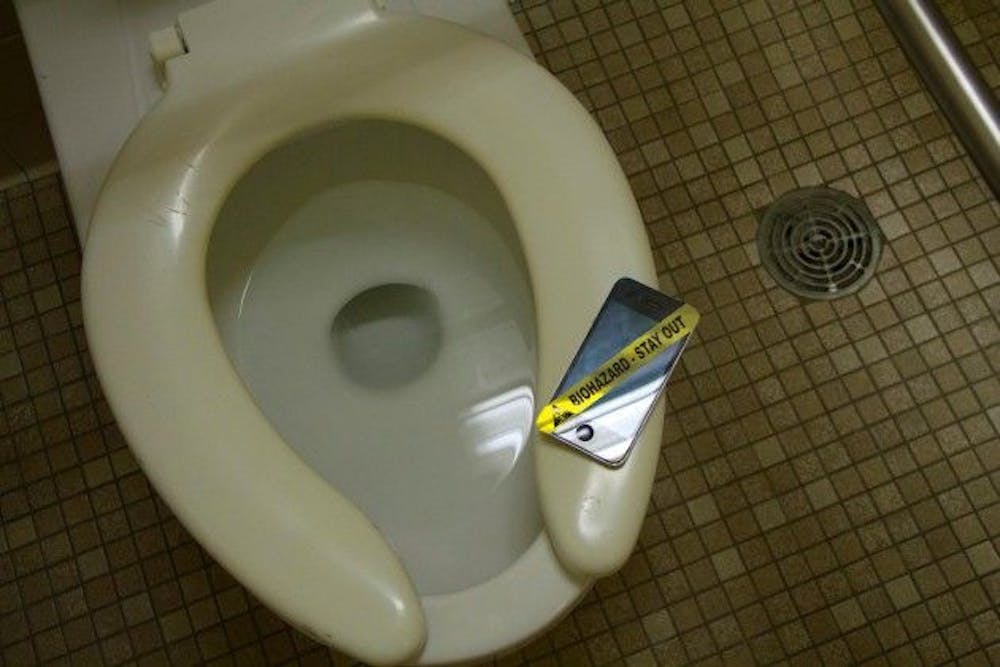While some Americans fear the National Security Agency spying on their cell phone conversations, most are unaware that they share every call with the roughly 25,000 germs per square inch that live on their phones.
A recent study done by the Pew Research Center found that 90 percent of Americans own cell phones. The study also shows that Americans are not only owning cell phones, they are taking them everywhere.
Sixty-seven percent of cell phone owners admit to routinely checking their phone without it ringing or vibrating, and 44 percent sleep with their phones next to them out of fear of missing a call or text.
However, another study done by the marketing agency 11Mark exposed the dirtier side of technology addiction when it found that 75 percent Americans even carry their cell phones with them in the bathroom. Situations like these coupled with several other factors make cell phones a literal breeding ground for bacteria.
"Moisture and heat create the perfect combination for those bacteria to survive and grow on your phone," said Dr. Pratik Banerjee, assistant professor in the Division of Epidemiology, Biostatistics and Environmental Health at the University of Memphis. "Researchers have shown that deadly bacteria such as Staphylococcus aureus or E. coli are abundant on our cell phone surfaces. Believe it or not, sometimes your cell phone may have more bacteria than the toilet handle you used last time in a public restroom."
In fact, according to the news website Mashable, the average cell phone has around 25,000 germs per square inch, while the average toilet only has around 1,200. Other notable nasty nurseries include: 8,600 per square inch on a doorknob, 2,110 in a pet food bowl and 1,700 on a kitchen counter.
"Unlike our hands, which are easily sterilized using hand sanitizers, our mobile phones are cumbersome to clean," said Robert Koch, an associate professor at the Loewenberg School of Nursing. "Most people rarely make an effort to sanitize them. As a result, these devices carry a variety of bacteria."
Koch said a cellphone's daily contact with the face, mouth, ears and hand adds to the health risk involved with using mobile devices that haven't been cleaned.
While there are electric sanitizers available for purchase that use UV light to kill bacteria, using disinfecting wipes to clean phone screens and cases is an effective way to kill bacteria.




